MY PHOTOGRAPHY TODAY - 115 - ANTS
Ants are all insects belonging to the Formicidae tribe, the Hymenoptera nation. Ants have more than 12,000 species (species), mostly living in the tropics. Most ants are known as social insects, with their regular colonies and nests consisting of thousands of ants per colony. Members of the colony are divided into worker ants, male ants, and ant queens. There is also a group of guard ants. One colony can control large areas to support their lives. Ant colonies are sometimes called "superorganisms" because their colonies form a unity.
Despite its relatively small body size, ants are among the strongest animals in the world. Male ants are able to sustain a load weighing fifty times their own weight, can be compared to an elephant that can only support a weight that is twice the weight of its own body. Ants are only rivaled by rhinoceros beetles that can support the weight weighing 850 times their own weight. Formic acid is also called "ant acid" because ants produce this acid as a means of self-defense.
Spread
Ants have controlled almost all parts of the land on Earth. Only in a few places like Iceland, Greenland, and Hawaii, they do not control the area. As their numbers increase, they can form around 15-20% of the amount of biomass of large animals. Some types of ants are well known to humans because they live together with humans, such as black ants, big ants, red ants, fire ants, and rangers. Termites are sometimes called white ants but are completely different groups from ants even though they have the same social structure.
Evolution
The Formicidae family is part of the order Hymenoptera, which includes bees and wasps. Ants are descendants of Vespoidea wasp generation. Phylogenetic analysis indicates that ants have evolved from vespoid dragonflies in the Cretaceous period around 120 million to 170 million years ago. After the emergence of Angiosperms about 100 million years ago, they diversified the effects of ecopoly around 60 million years ago. Some of the Cretaceous period are intermediate forms of ants and wasps, and this adds evidence to wasp ancestors. Like other Hymenoptera-bearing animals, the ant's genetic system is found in haplodiploidy.
In 1966, E. O. Wilson, et al. found fossil ants in tree sap (Sphecomyrma freyi) from the Cretaceous period. This fossil is trapped in a tree sap in New Jersey and is more than 80 million years old. This fossil provides the clearest evidence of the relationship between modern ants and non-social wasps. Cretaceous ants share the characteristics of modern ants and wasps.
During the Cretaceous period, only a small number of species succeeded in capturing the large continental region of Laurasia (northern part). They are also very rare with a ratio of about 1% of other types of insects. Ants became dominant after adaptive radiation at the beginning of the Tertiary Period. The number of species remaining in the Cretaceous and Ecocene periods, only 1 in 10 genera are extinct to date. 56% of ant genera are found in woody sap fossils in the Baltic region (since the early Oligocene), and about 96% of the ant genera found in woody sap fossils in Dominica (from the beginning of the Miocene) still survive today.
SOURCE
| Category | Macro Photography |
| Settings | Auto Focus |
| Camera | Samsung Galaxy Note3 |
| Lens | Standard + Macro Lens |
| Location | Aceh |
| Date&day | Thursday 23 August 2018 |

Best Regards
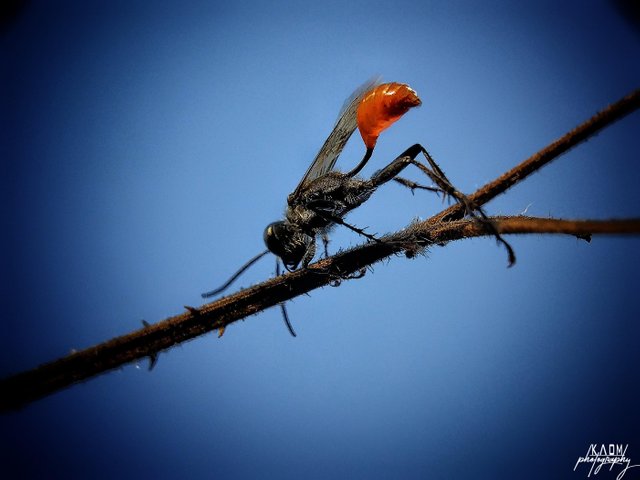
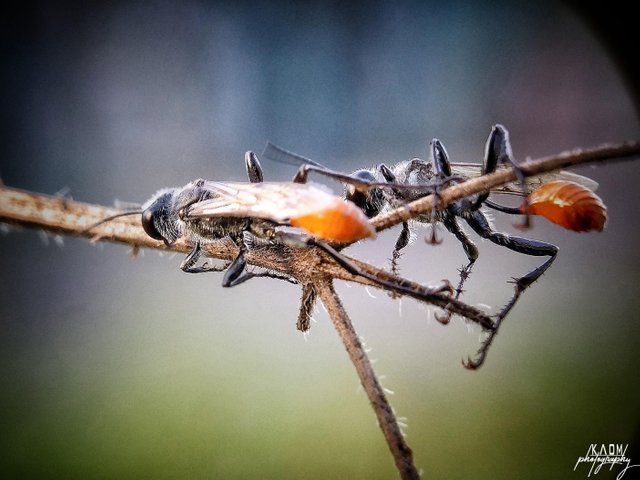
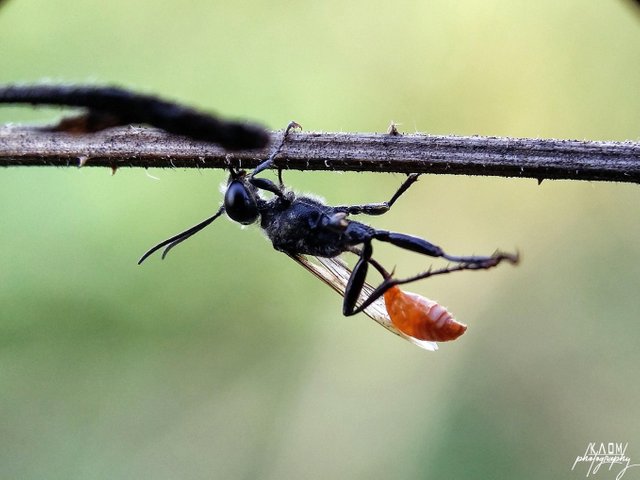
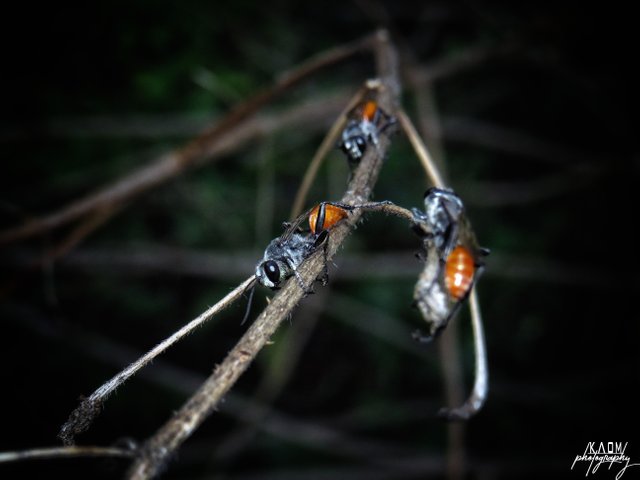
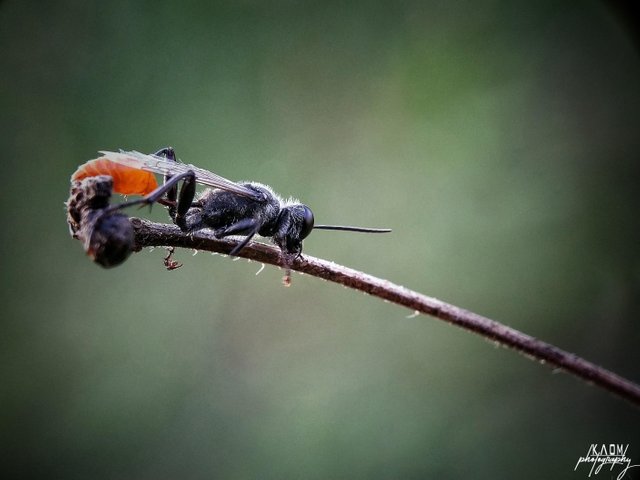
Elegant insect, sepertinya Geumeutoé itu heee. Hewan kecil yang hidup sekitar kita, tentu keberadaannya di Alam sangat dibutuhkan sebagai ekosistim penyeimbangan. Photo yg sangat menarik tuan @saini88.
World of Photography
>Visit the website<
You have earned 6.50 XP for sharing your photo!
Daily photos: 1/2
Daily comments: 0/5
Multiplier: 1.30
Block time: 2018-08-23T09:58:15
Total XP: 1071.22/1600.00
Total Photos: 156
Total comments: 46
Total contest wins: 3
Follow: @photocontests
Join the Discord channel: click!
Play and win SBD: @fairlotto
Daily Steem Statistics: @dailysteemreport
Learn how to program Steem-Python applications: @steempytutorials
Developed and sponsored by: @juliank
Bagus sekali gambarnya bang..